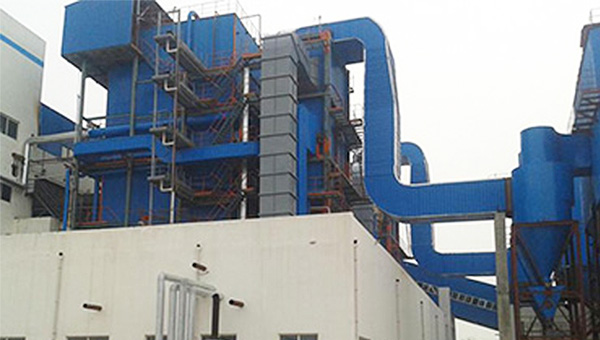Guide: After the boiler is ignited, the temperature of the boiler water gradually rises, the volume gradually expands, and the water level gradually rises. When the water wall begins to generate steam, the volume occupied by the steam is larger, and the water in the water wall tube is squeezed to the steam drum, which further increases the water level. For a long period of time from the ignition of the boiler, even if it has started to exhaust steam, the boiler still does not need to make up water.
After the boiler is ignited, the temperature of the boiler water gradually rises, the volume gradually expands, and the water level gradually rises. When the water wall begins to generate steam, the volume occupied by the steam is larger, and the water in the water wall tube is squeezed to the steam drum, which further increases the water level. For a long period of time from the ignition of the boiler, even if it has started to exhaust steam, the boiler still does not need to make up water.

If the water level is at the lowest visible water level before ignition, then as the boiler water temperature rises and steam starts to be produced, the water level of the steam drum must rise to the point where the accident drain valve must be opened to drain. This not only caused the loss of desalinated water, but also caused a waste of heat.




























